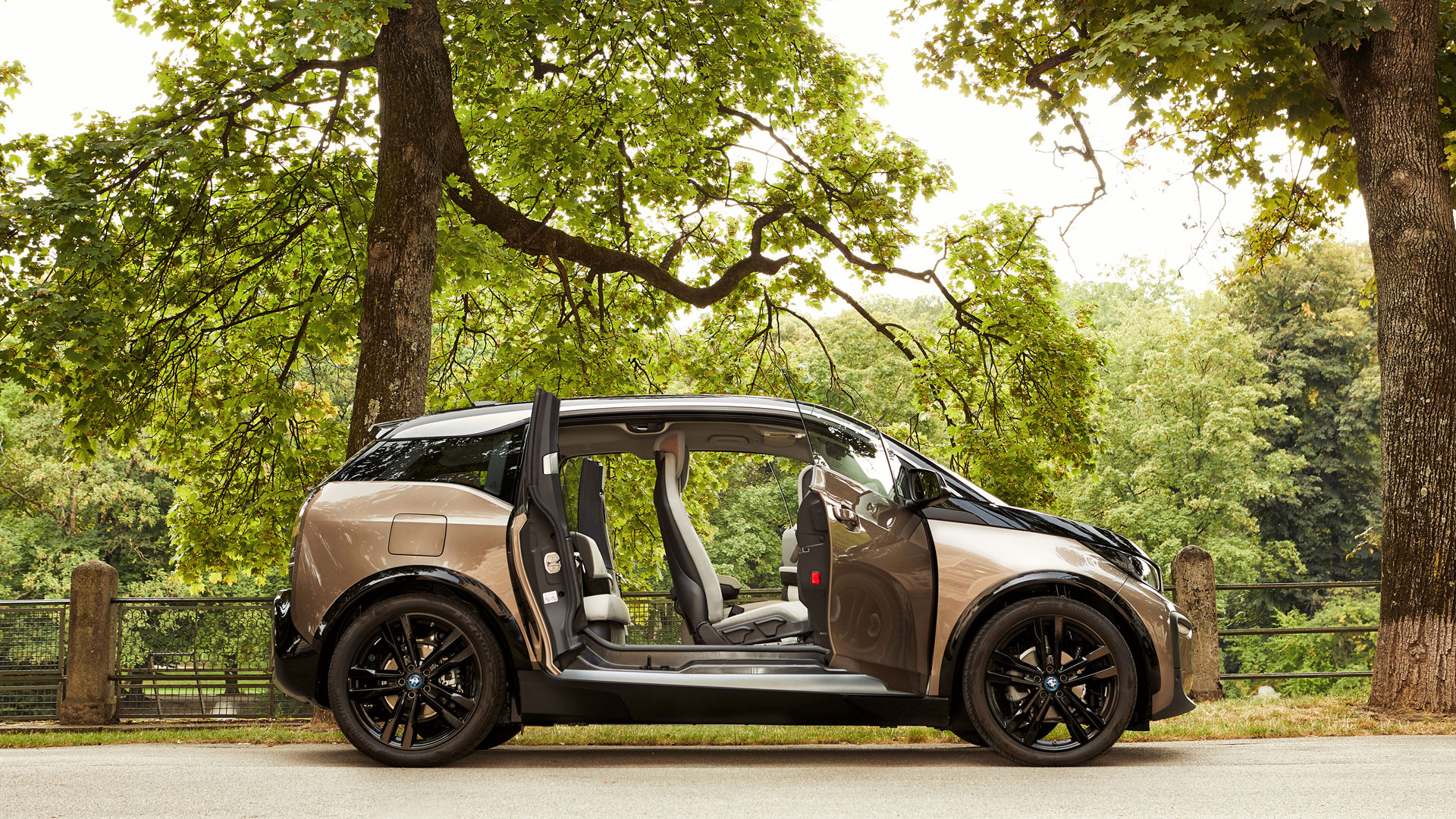
April 2019 is the 49th anniversary of Earth Month: a non-political movement founded on the principle of creating a better planet. At its heart is the need for a healthier natural, physical, social and cultural environment. With this in mind, we’ve assembled a list of 20 cars that have, in some way, made a difference to the world.
Polestar 2
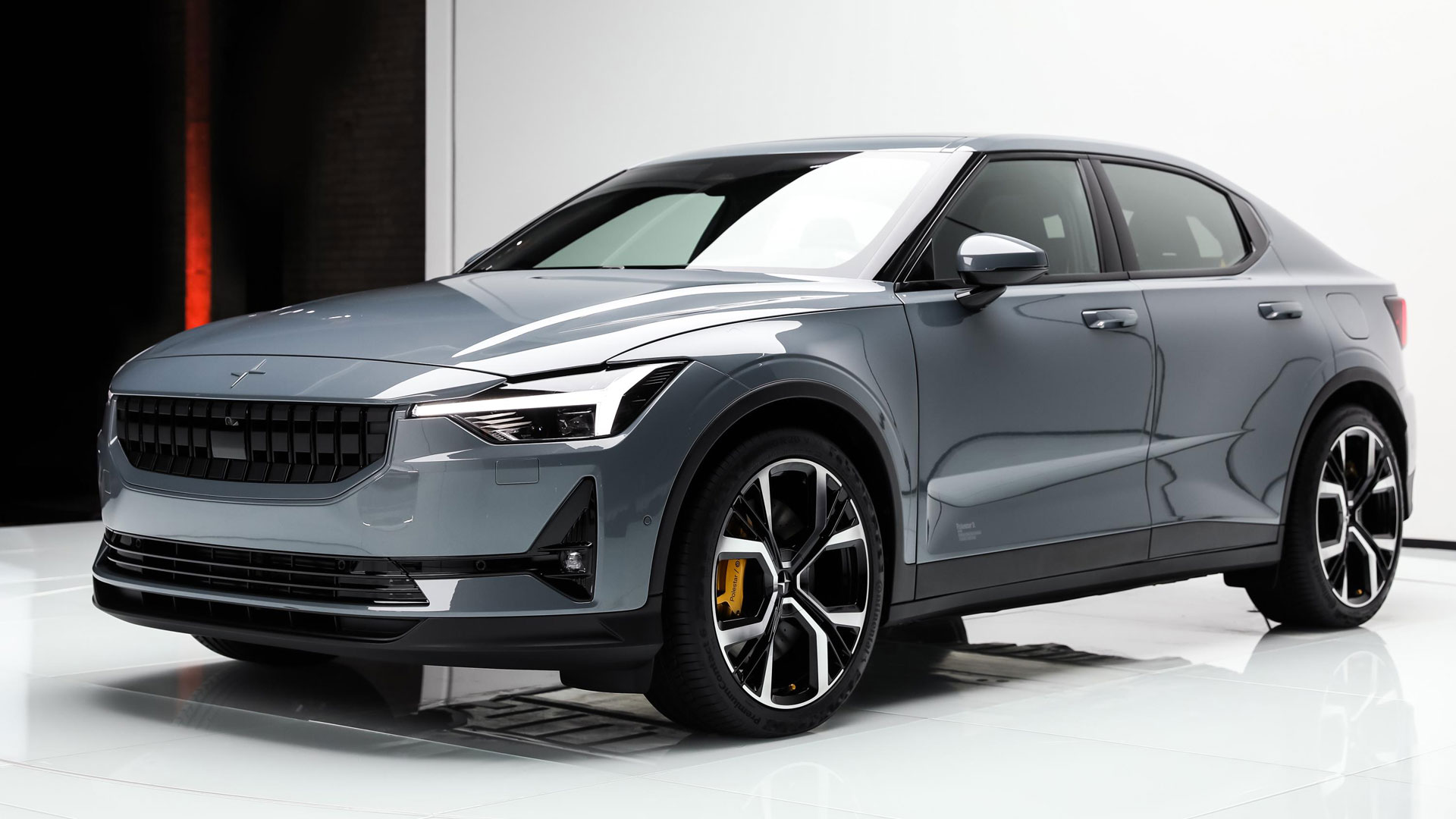
The Polestar 2 is an all-electric five-door fastback with a targeted range of 500km (310 miles), which puts it at the forefront of the array of next-generation EVs arriving over the next couple of years. But what makes this EV stand out is a recent Compassionate Business Award from vegan charity PETA. It takes three cow hides and 130 chemicals to create the leather interior of an average car, but the Polestar 2 boasts a leather-free interior. “The leather industry is as toxic to the Earth as it is cruel to cows,” PETA director of corporate projects, Yvonne Taylor, told Plant Based News.
Audi E-tron SUV
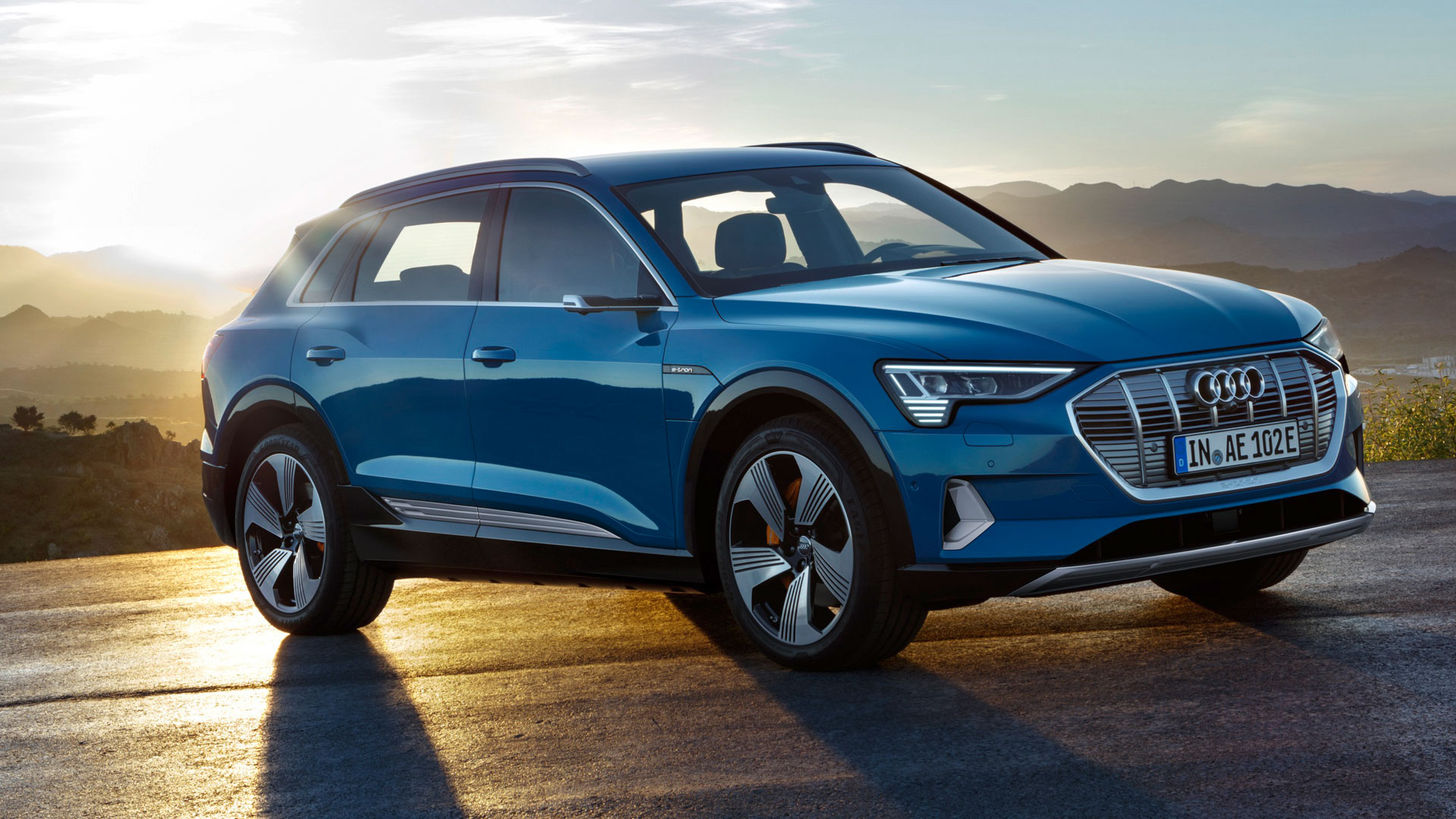
The Audi E-tron five-door SUV offers a WLTP-certified range of 417km (259 miles) and is available to buy from £71,520 excluding the Government Plug-in Car Grant (PiCG) of £3,500. The fact that leather seats come as standard is sure to upset PETA, but the knowledge that it’s being built at a carbon-neutral factory in Brussels will please environmentalists. The Belgian plant boasts the largest photovoltaic system in Brussels and generates more than 3,000-megawatt hours of electricity per year.
Kia e-Niro
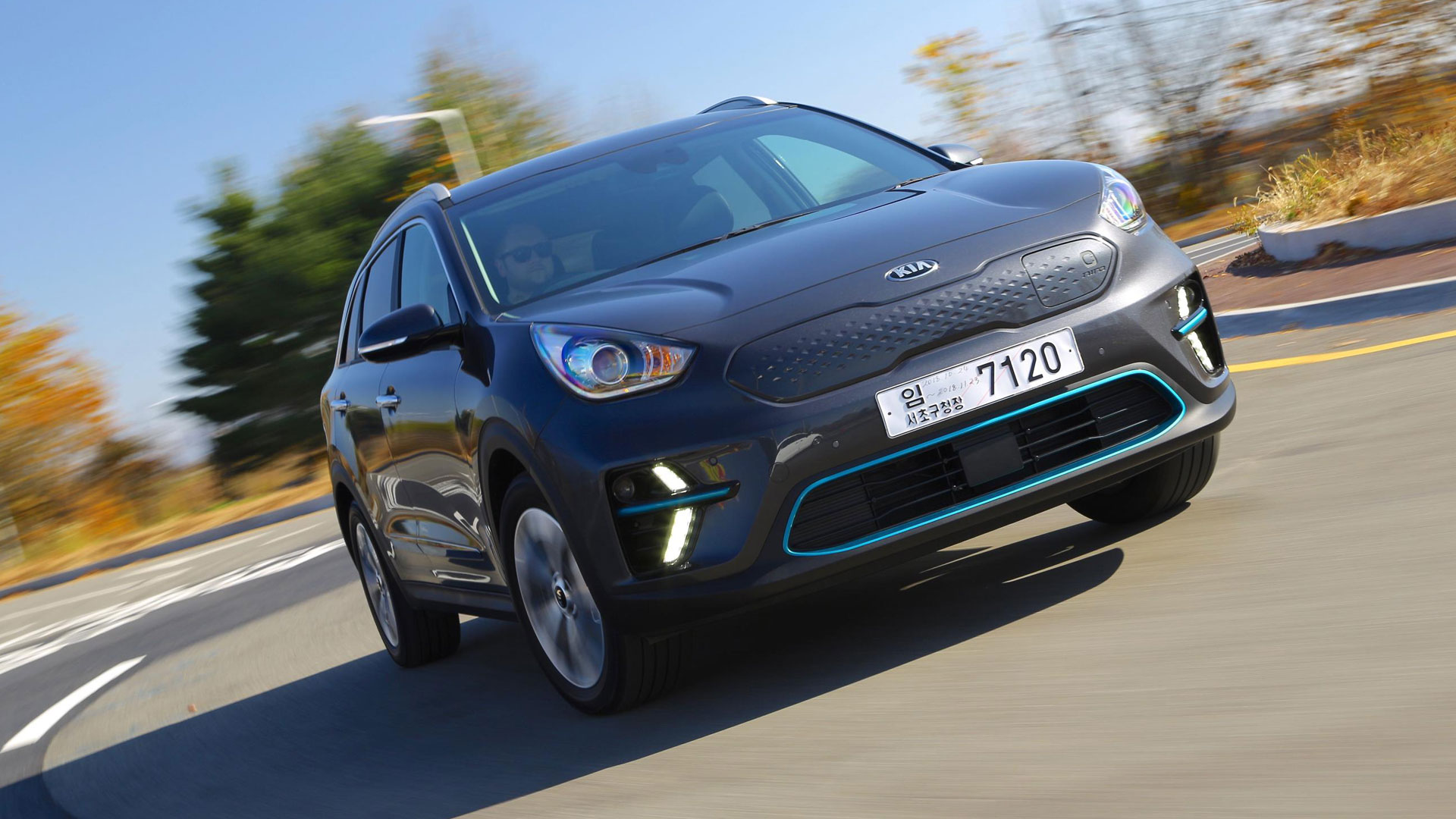
Why have we selected the Kia e-Niro over a host of other all-electric cars? Well, up to 282 miles of electric range is a good start. As is the seven-year warranty. But we also believe that – cliche alert – a new EV shouldn’t cost the earth, so a £32,995 price tag after the PiCG should put this new electric within reach of more people than the expensive Polestar 2 and Audi E-tron SUV.
BMW i3
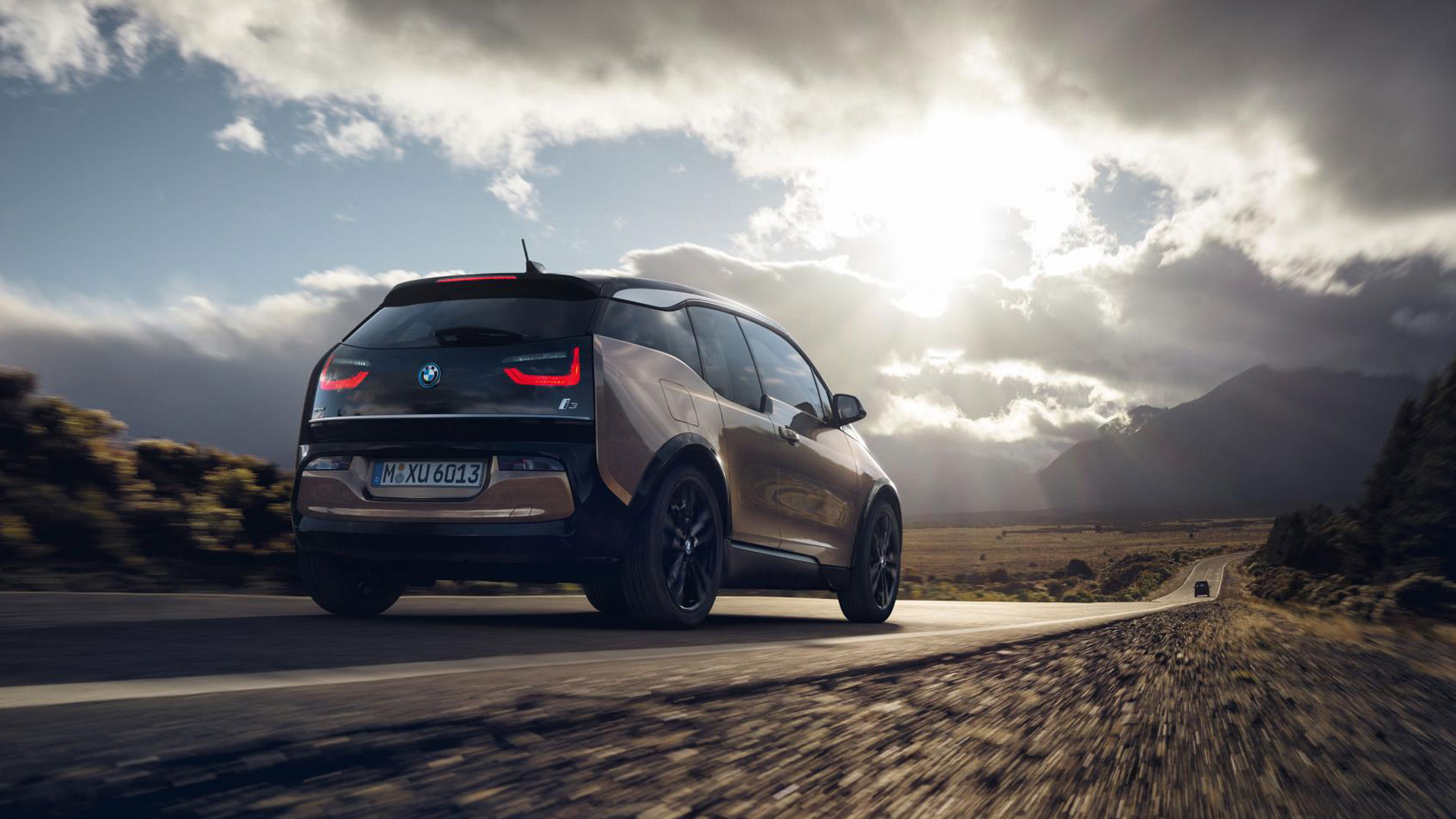
PETA has created a list of cars with leather-free interiors, either as standard or as an option, and it’s worth a read if you don’t want to perch your bum on a dead animal. Be warned, though, because while some cars might not feature leather seats, the gear knob and steering wheel could be finished in cowhide. Thanks to the availability of ‘Deka’ cloth seats, the BMW i3 makes PETA’s ‘good’ list, but the leather-free M Performance steering wheel contains wool. However, BMW scores points for its use of recycled materials in making the interior.
Fisker eMotion
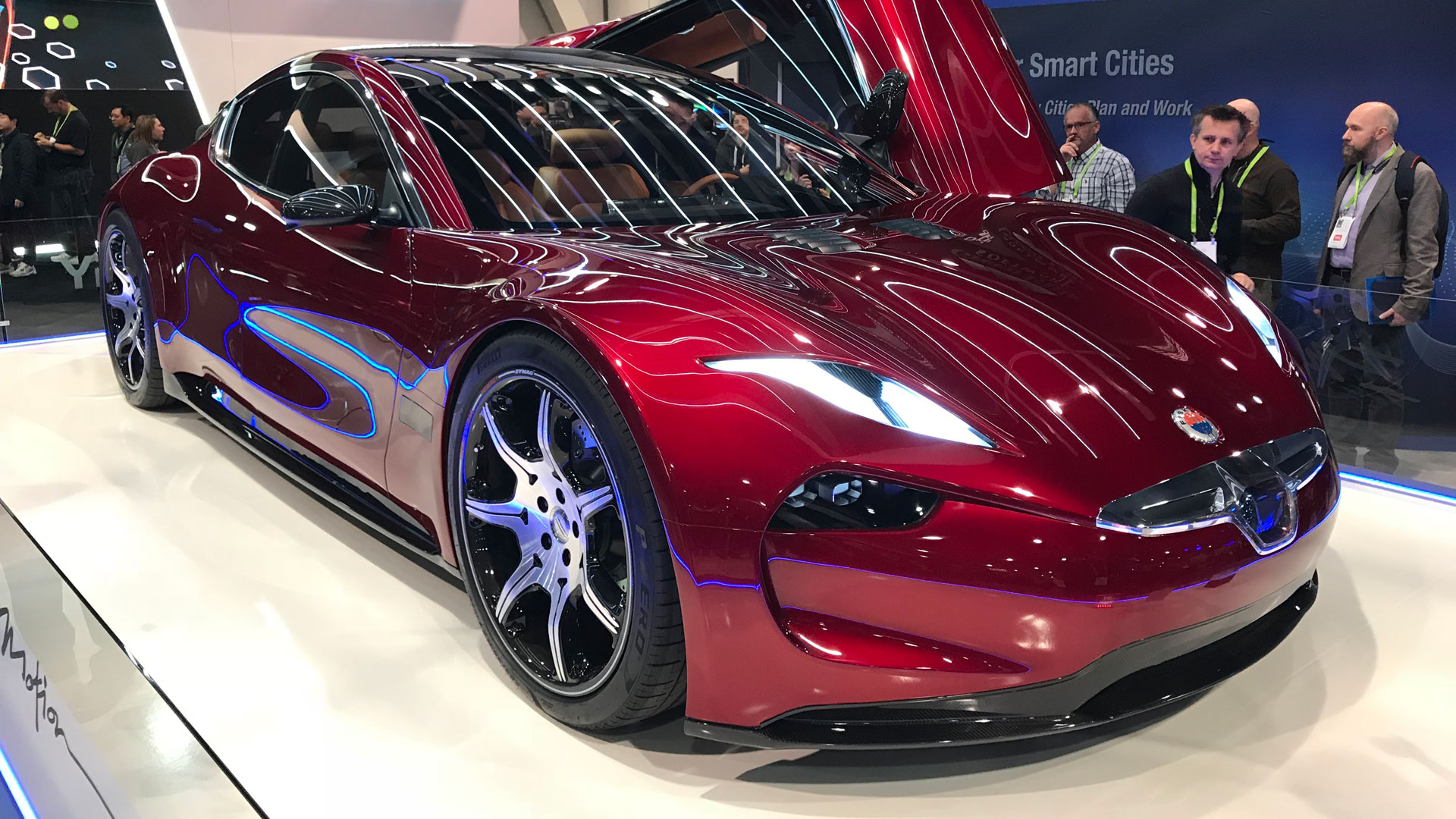
Fisker unveiled the eMotion at CES 2018, with the Tesla rival promising a range of more than 400 miles, a 160mph top speed and a vegan-friendly interior option. Indeed, the company claims that the Fisker Karma was the first electric vehicle to offer such an option. “When I started Fisker in 2007, my goal was to create the first truly environmental friendly exciting car company. We did many ‘first innovations’, such as the first full length curved solar roof, the first vegan interior option, the first reclaimed interior wood and many more,” said CEO and chairman Henrik Fisker.
Honda Insight
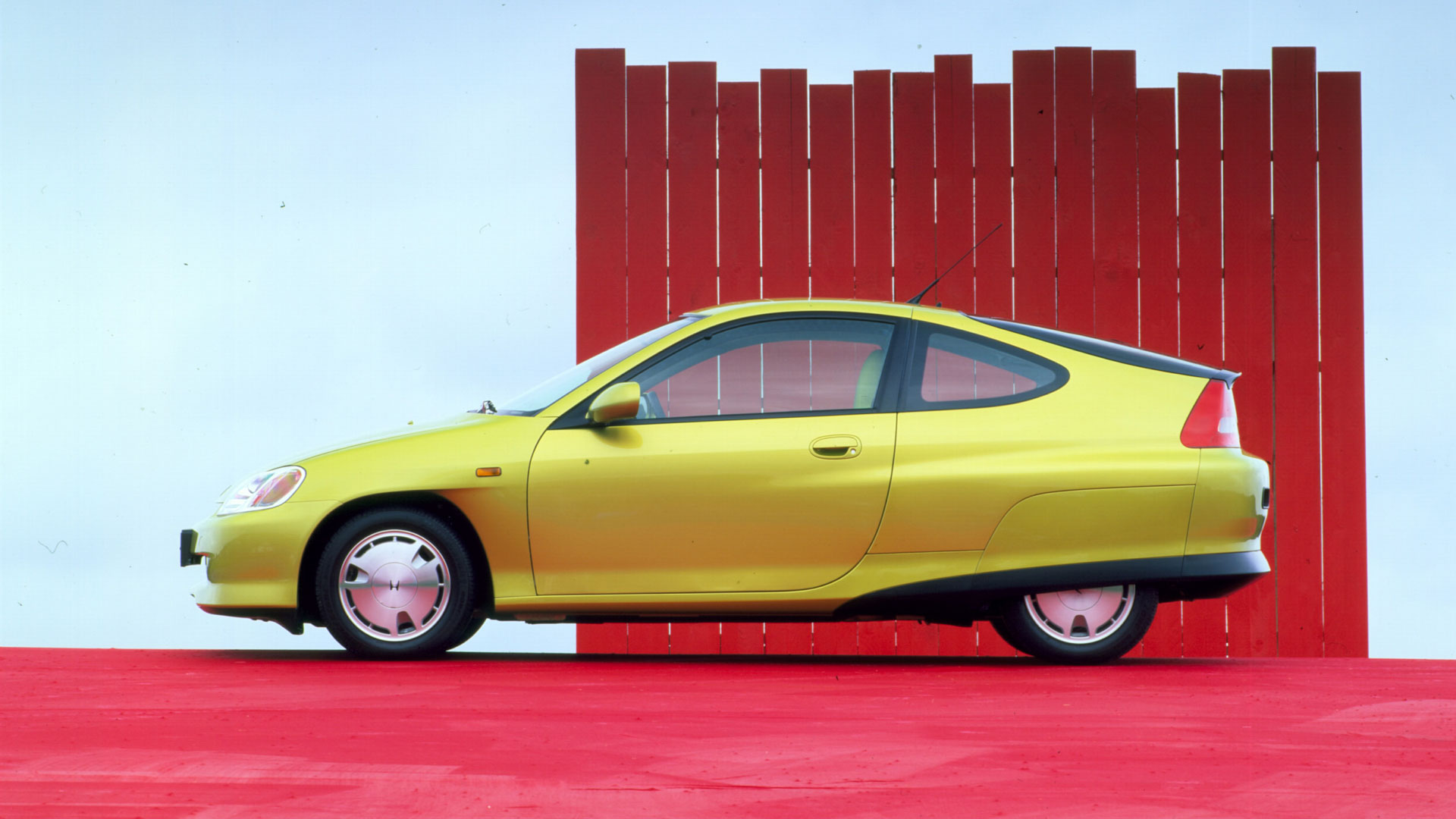
The Honda Insight was the first petrol-electric hybrid to be sold in the UK, beating the Toyota Prius to market by a few weeks. Power was sourced from a three-cylinder 1.0-litre VTEC engine combined with an Integrated Motor Assist (IMA), and as much as 83.1mpg could be achieved on a combined cycle. Its Tomorrow’s World looks were too much for many buyers while the absence of rear seats didn’t exactly help sales.
Toyota Prius
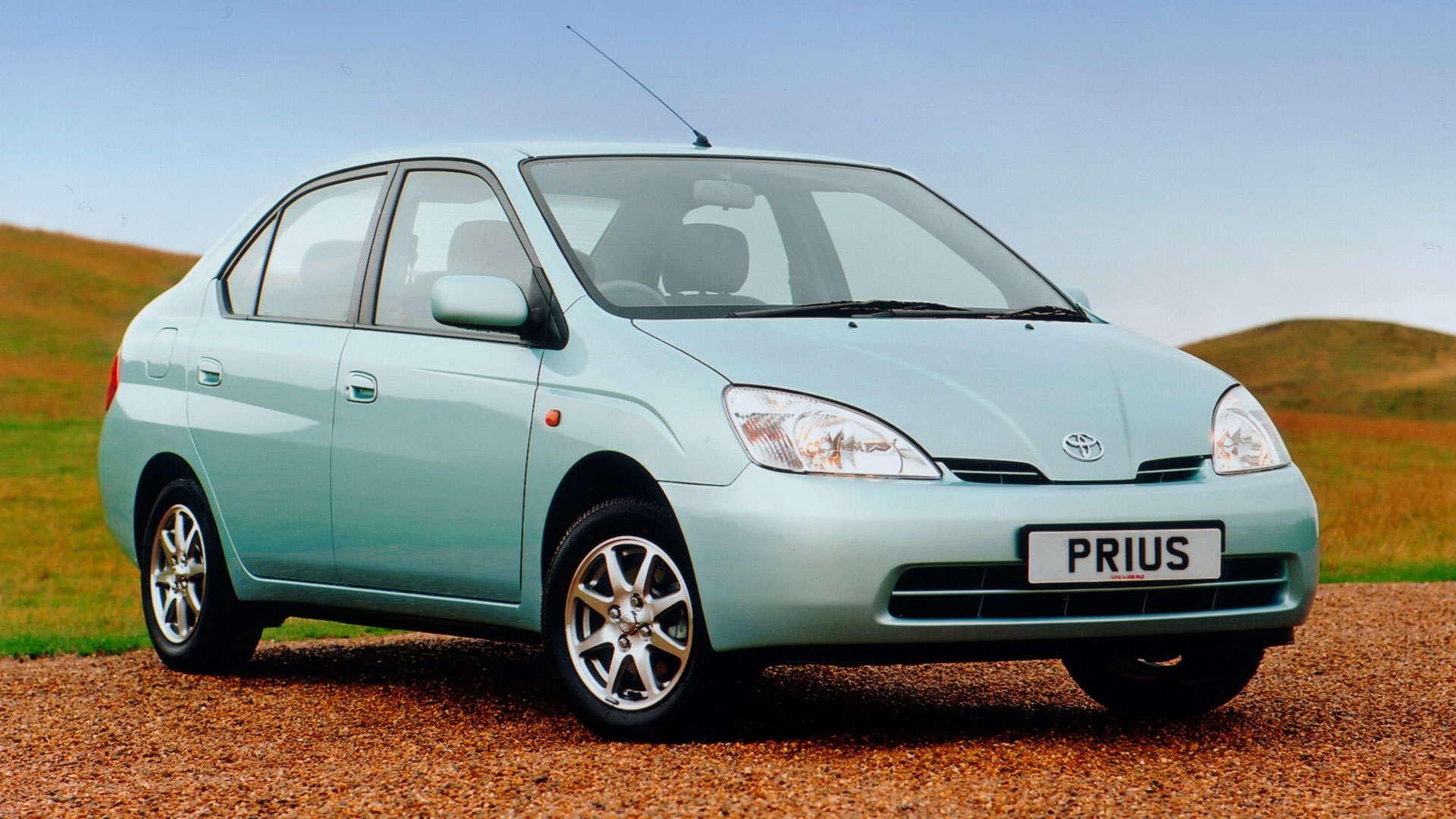
Toyota is credited with popularising the idea of a hybrid vehicle, with Prius becoming a brand generic for the green car. It soon became the darling of greenwashed Hollywood celebrities, while real-world owners appreciated the 57.6mpg and 114g/km CO2 emissions. By the time the Prius arrived in the UK in October 2000, more than 40,000 units had been sold globally.
Tesla
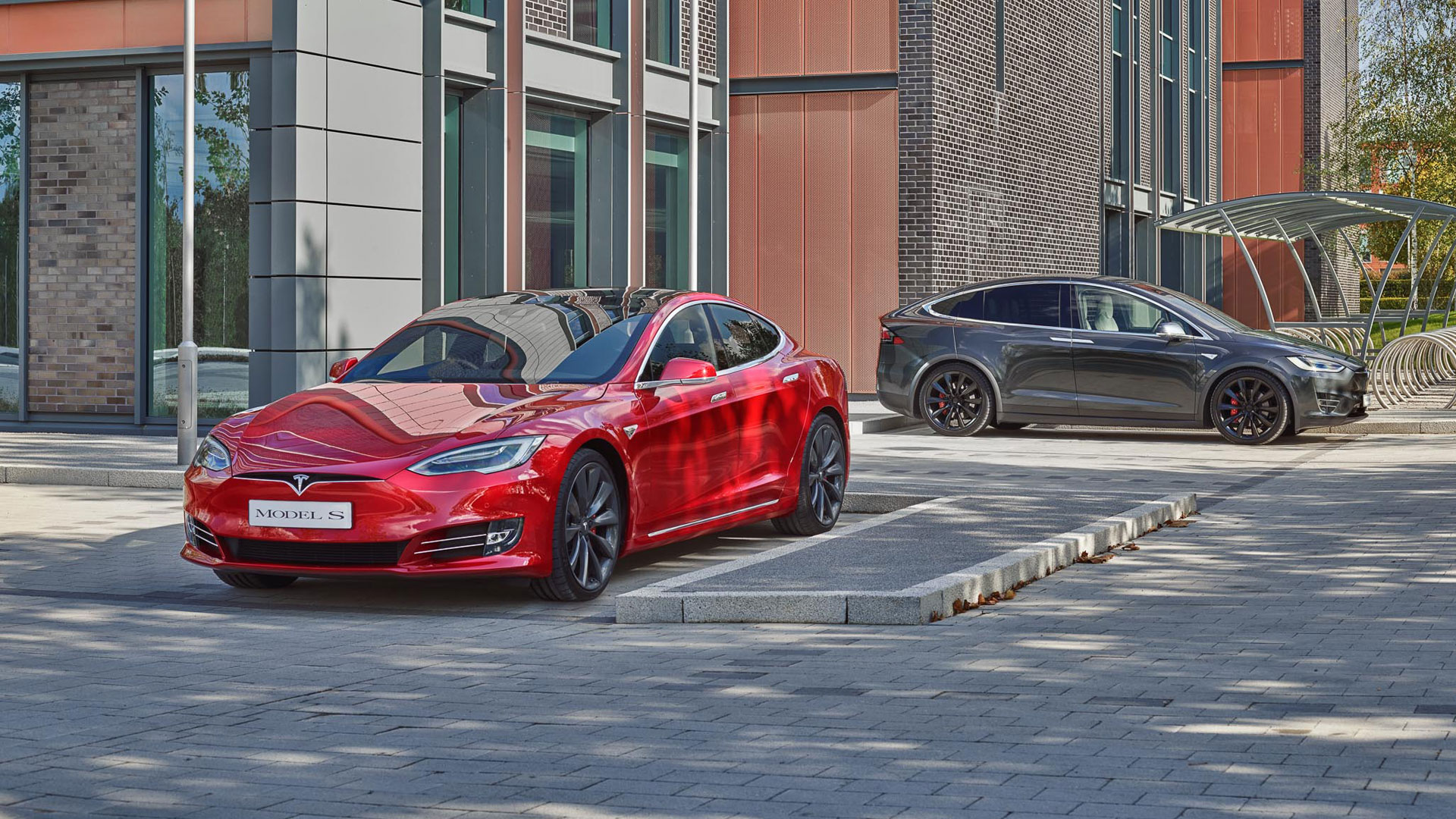
PETA is a Tesla shareholder, which gives it a right to ask questions at the company’s annual meetings. According to the vegan charity, turning animal skins into leather requires 130 different chemicals and exposes people who work in tanneries to these toxins. Leather production also uses up to 15,000 gallons of water per ton of hides. The company stopped offering leather seats in 2017, while vegan-friendly steering wheels are available as an option.
Honda My Earth Dream
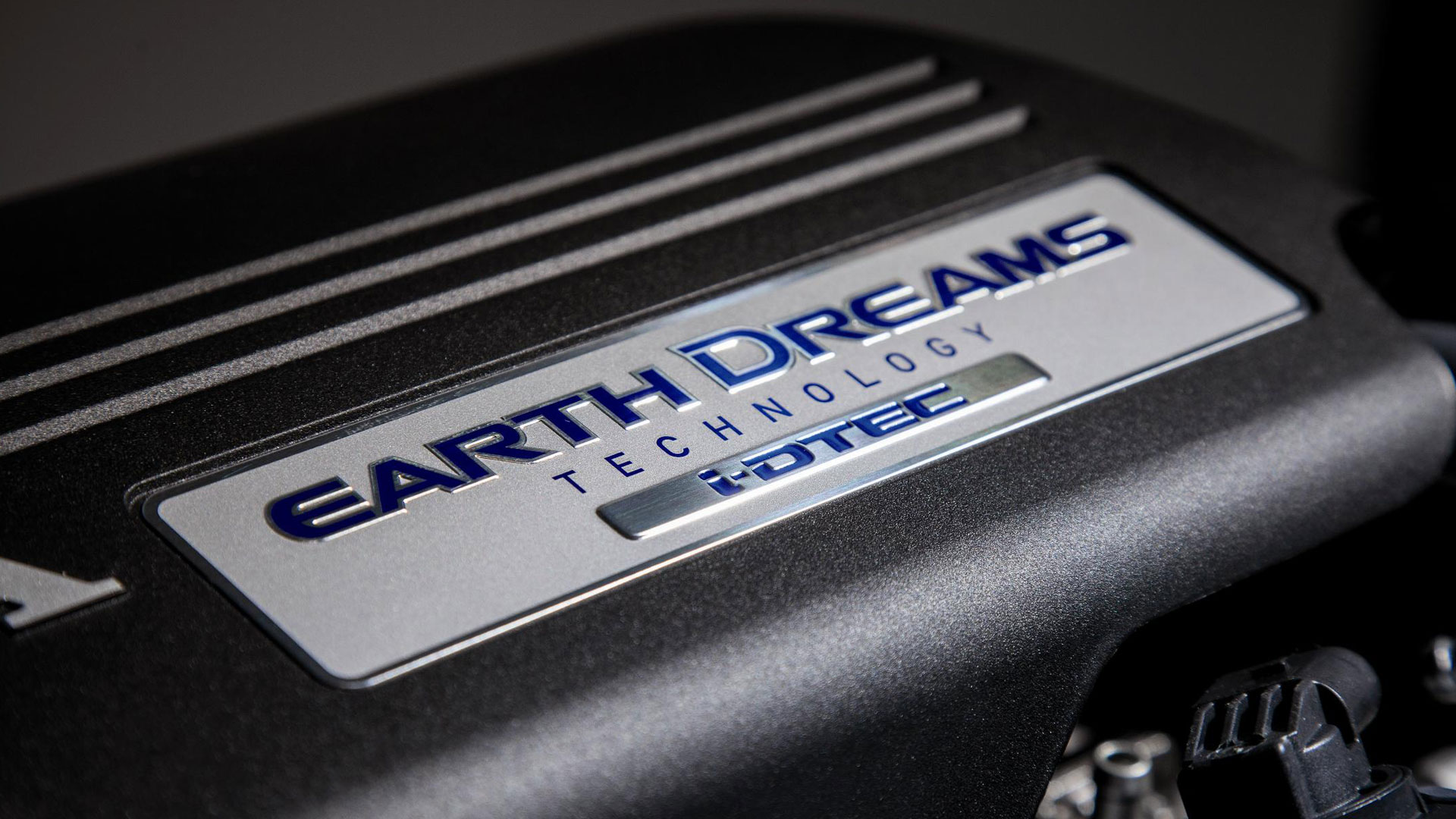
In 2007, Honda launched its My Earth Dream campaign with the start of the ‘Earth Dreams’ engine programme. The F1 car wasn’t great – even Honda called the results “patchy – but it was a unique way of promoting environmental consciousness. The RA107 F1 was coated in a large image of the Earth, with sponsors sold a ‘dream’ of being associated with an environmentally friendly approach. Hmmm.
NanoFlowcell
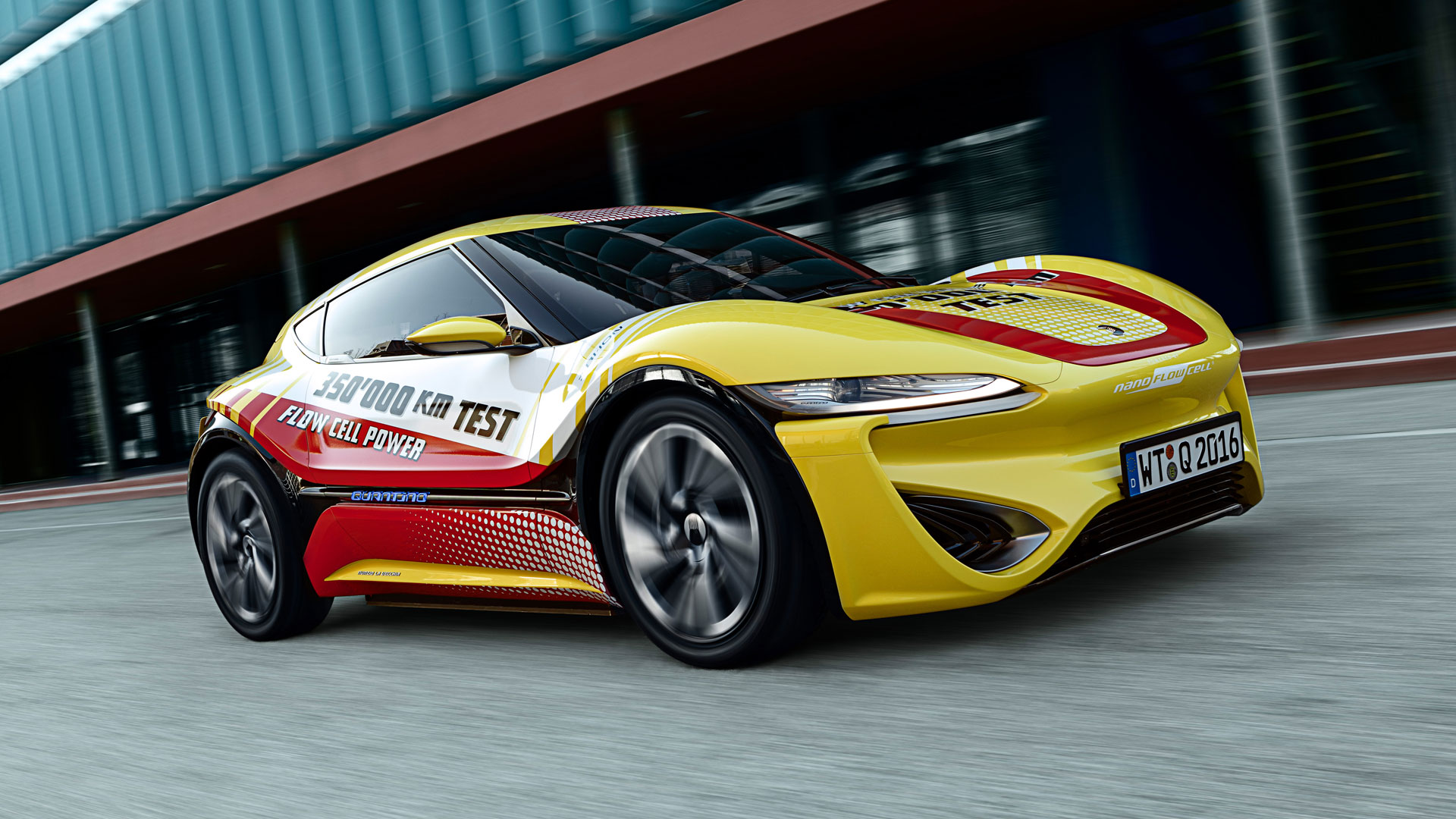
NanoFlowcell has completed 350,000km (217,000 miles) of testing in the Quantino 48Volt flowcell car, saying that the powertrain ran with “absolutely no problems” throughout the duration of the test. Although it’s not designed to be a production vehicle, the Quantino 48Volt demonstrates what could be achieved using flowcell technology, which uses two tanks of external electrolytes pumped over stationary electrodes. The actual range is dependent on the size of the tanks, rather than the size of the device under the bonnet.
Solar Team Eindhoven
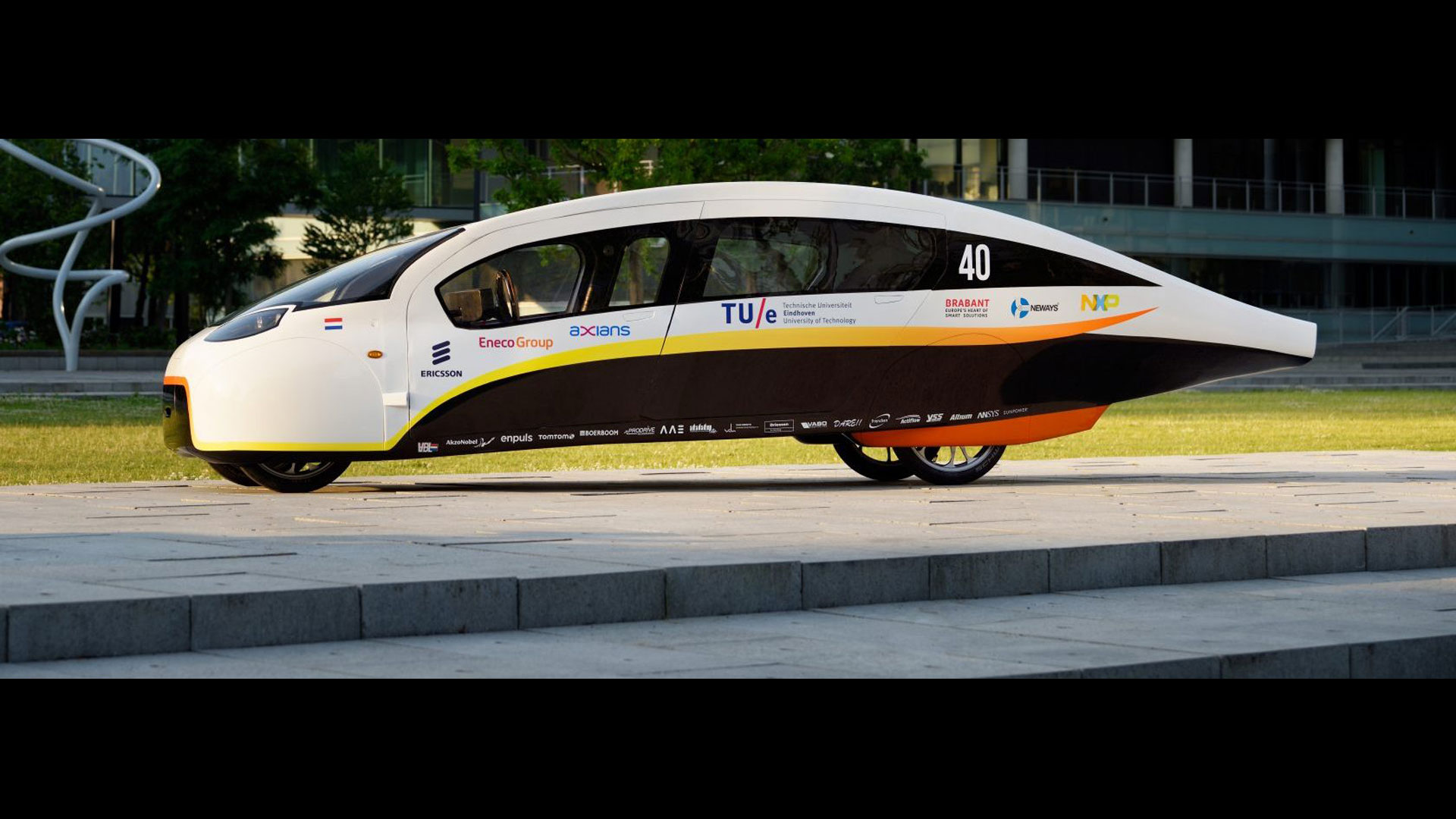
“We believe in a future in which life is powered by the sun,” says the team at Solar Team Eindhoven. Since 2012, students at the Eindhoven University of Technology have been working on a series of solar cars, including Stella: the world’s first solar-powered four-seater. Crucially, they have shown that it is possible to charge the battery while driving, creating “little power plants on wheels”.
Bio-Bug
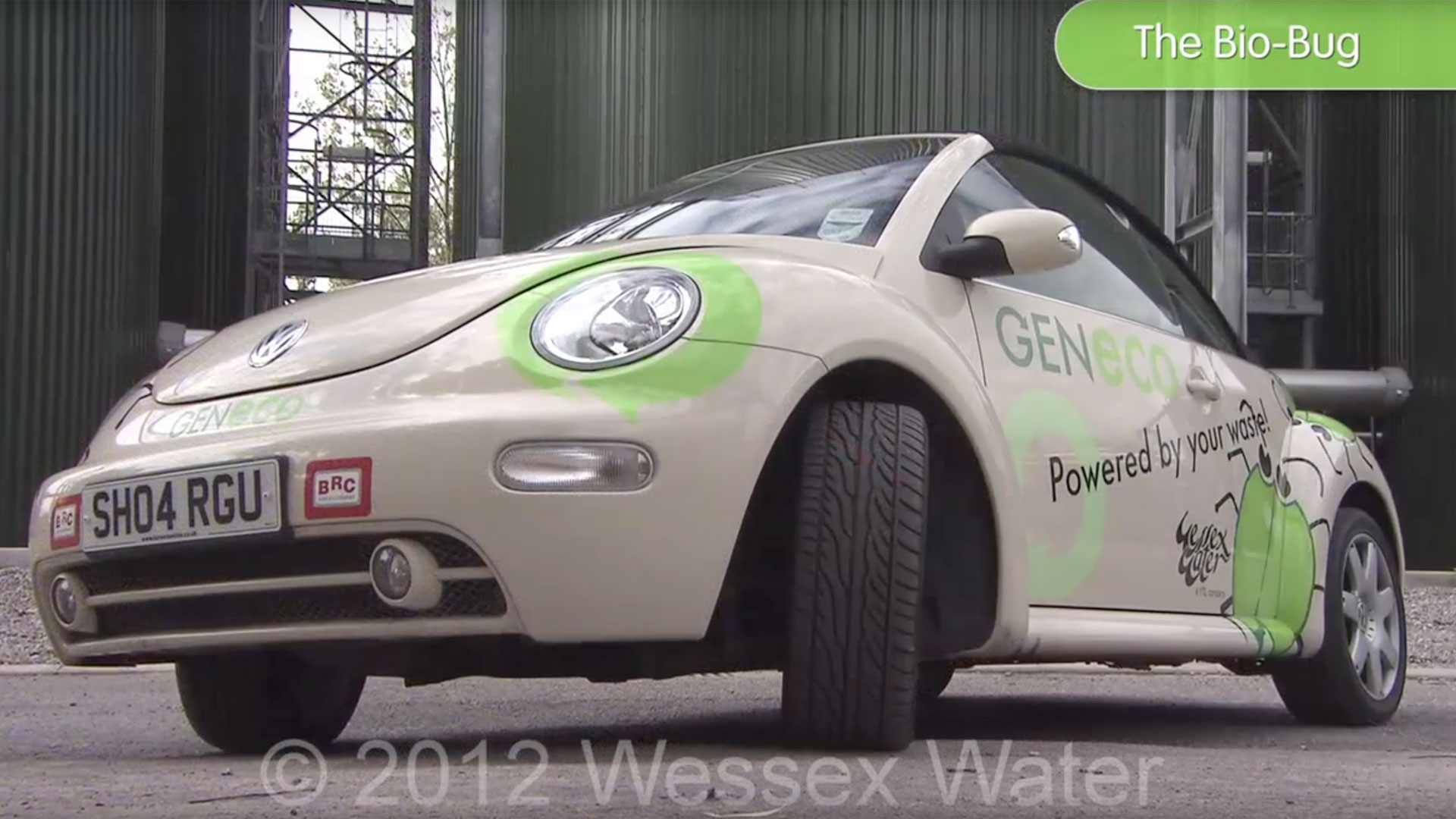
In 2010, Geneco decided to explore the potential of powering a vehicle using poo. The company teamed up with Wessex Water to create the Bio-Bug: “the UK’s first VW Beetle powered by human waste”. After a successful – and no doubt smelly – trial, the team moved on to create the Bio-Bus: the first bus in the UK to be powered by gas derived from food, sewage and commercial liquid waste. The bus travelled 300km on a full tank of gas – an amount of fuel produced by the annual food and sewage waste of just five passengers.
BMW Hydrogen 7
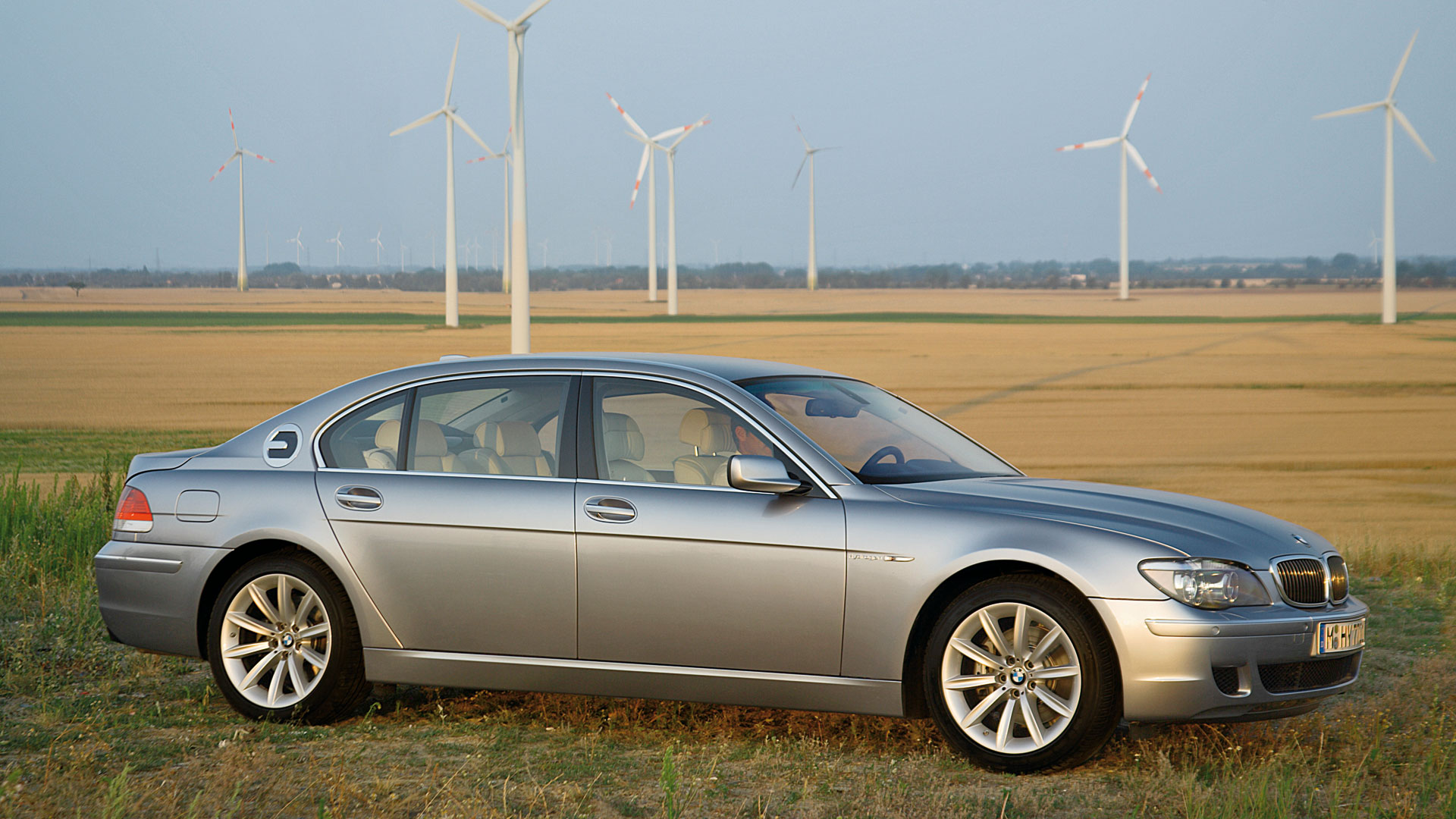
The likes of Toyota, Honda and Hyundai are running with hydrogen technology, but BMW got there first. The Hydrogen 7 was based on the 760Li and just 100 cars were built, each one leased to the great and the good in exchange for publicity. Interestingly, rather than getting its energy from fuel cells, the BMW burned hydrogen to power the 6.0-litre V12 engine.
Honda FCX Clarity
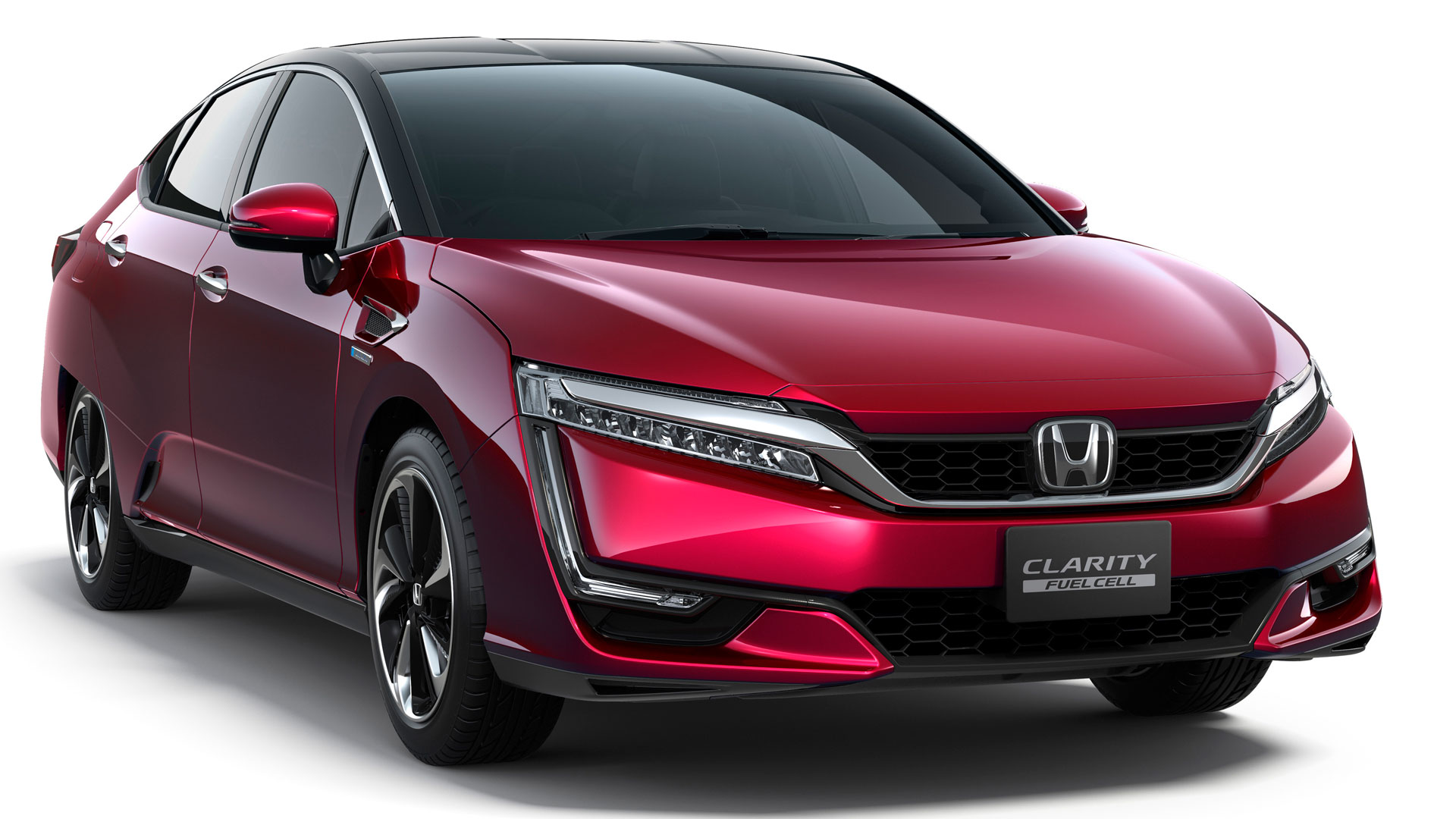
The Honda FCX Clarity was the world’s first production hydrogen fuel cell vehicle, but only 200 were built and they were available for lease in the U.S. The latest version (pictured) offers 385 miles of range and takes just three minutes to fill up. We just need the hydrogen network to catch up.
Duke Electric Vehicles Maxwell
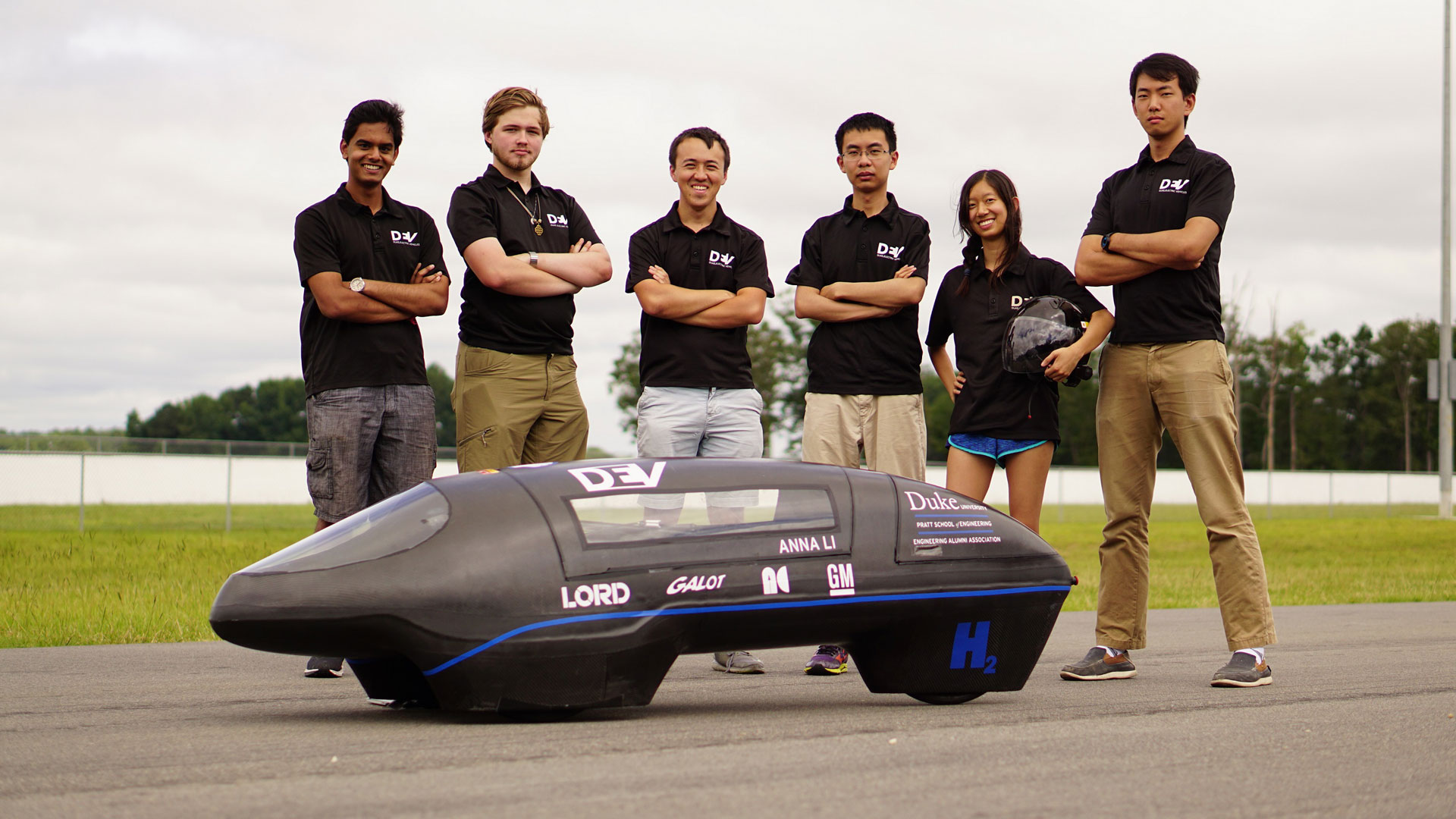
The hydrogen-powered Maxwell was created by a team at Duke University for use in the Shell Eco-marathon. In 2018, it set a Guinness World Record for the most fuel-efficient prototype vehicle when it achieved 14,573mpg in Benson, North Carolina.
Volvo Amazon

Earth Month isn’t simply about saving the planet for future generations – it’s making the world a better and safer place for people in the here and now. Which is where Volvo comes in. Its Vision 2020 says that “by 2020 no one should be killed or seriously injured in a new Volvo car”, and it recently announced that it is making its safety knowledge available to all. In 1959, Volvo became the first manufacturer to equip its cars with safety belts as standard.
BYD F3DM
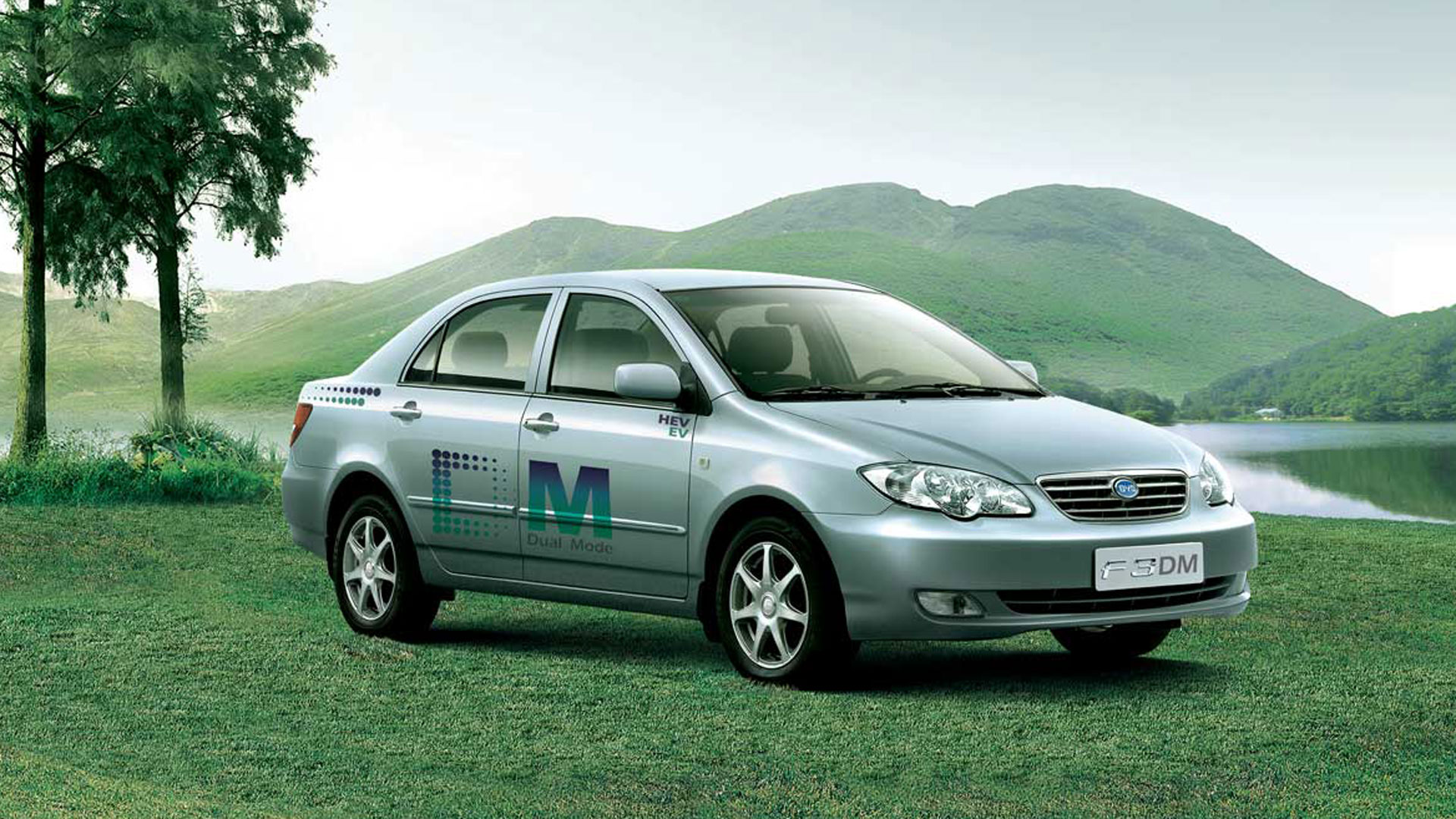
In 2009, BYD (Build Your Dreams) launched the world’s first plug-in hybrid. The F3DM was available in the Chinese company’s home market and had an all-electric range of 37 miles and a total petrol-electric range of 300 miles. It wasn’t a big seller, but the Chinese government incentivised sales with subsidies of 50,000 Yuan, while the city of Shenzhen added a further 30,000 Yuan.
Volkswagen XL1
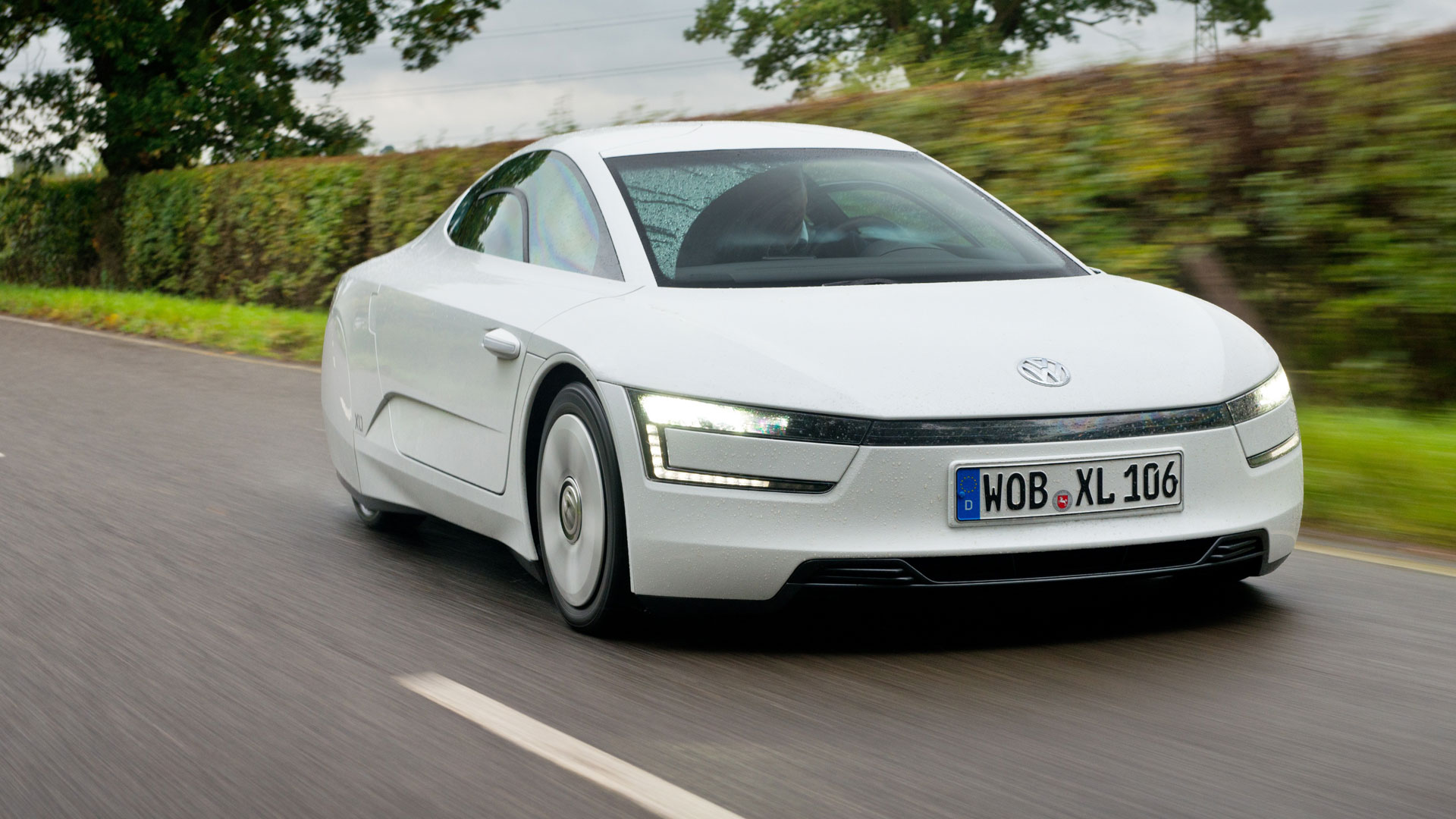
The Volkswagen XL1 was launched as a Super Efficient Vehicle (SEV). Unveiled at the 2011 Qatar Motor Show, the XL1 featured an 800cc two-cylinder diesel engine mated to an electric motor to produce a modest 75hp. But because the car weighed just 795kg, it was reasonably quick and very economical. Up to 313mpg was available on a combined cycle, along with an all-electric range of 50km (31 miles).
General Motors EV1
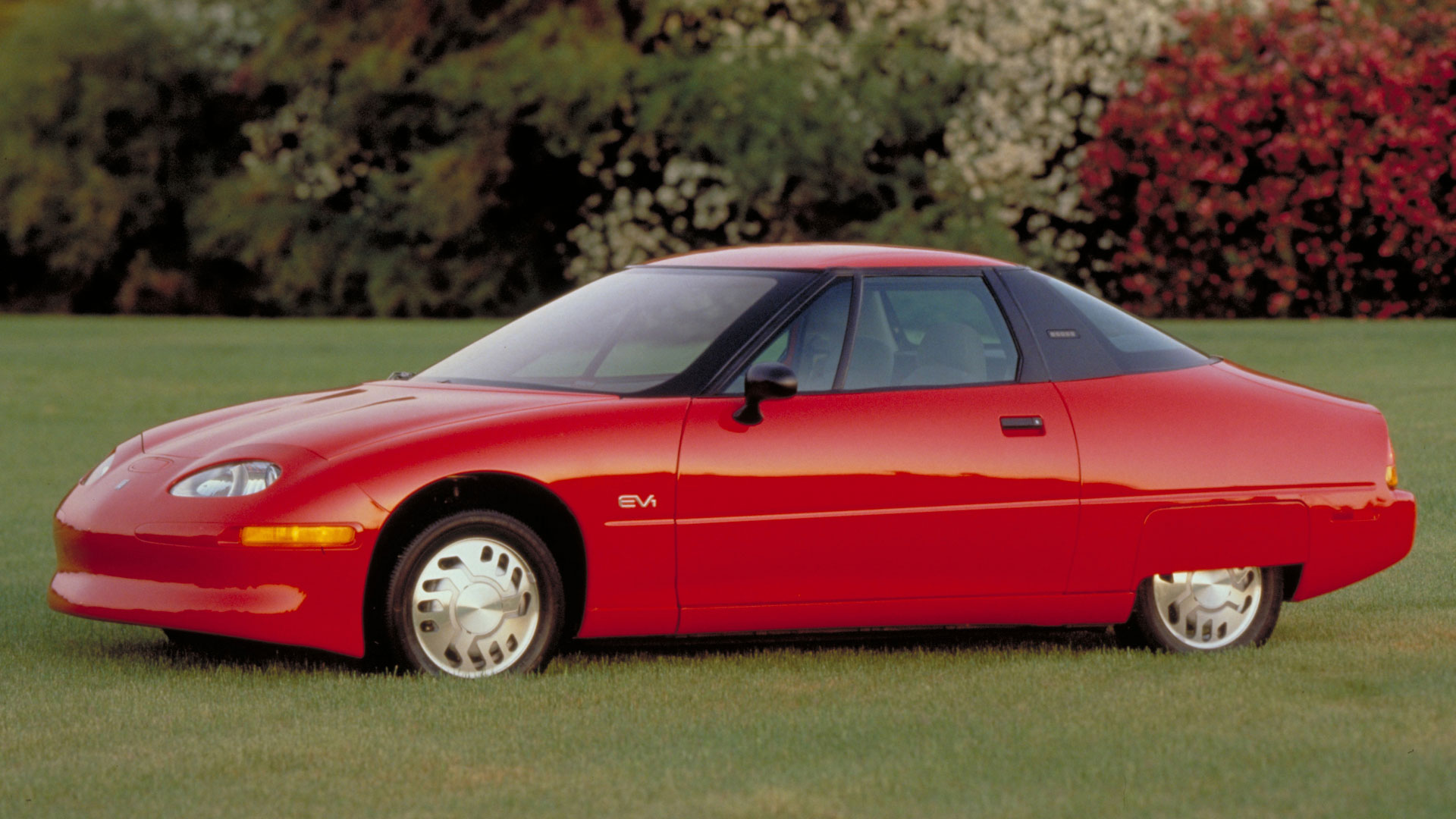
If you’ve watched the documentary called Who Killed the Electric Car? you’ll know that the GM EV1 was a pioneering electric vehicle and one giant missed opportunity. This was the world’s first mass-produced and purpose-built electric car, with GM leasing it to customers in California and Arizona. Sadly, for reasons that will become clear if you watch the documentary, GM pulled the plug on the project and destroyed most of the cars.
Chevrolet Volt/Vauxhall Ampera
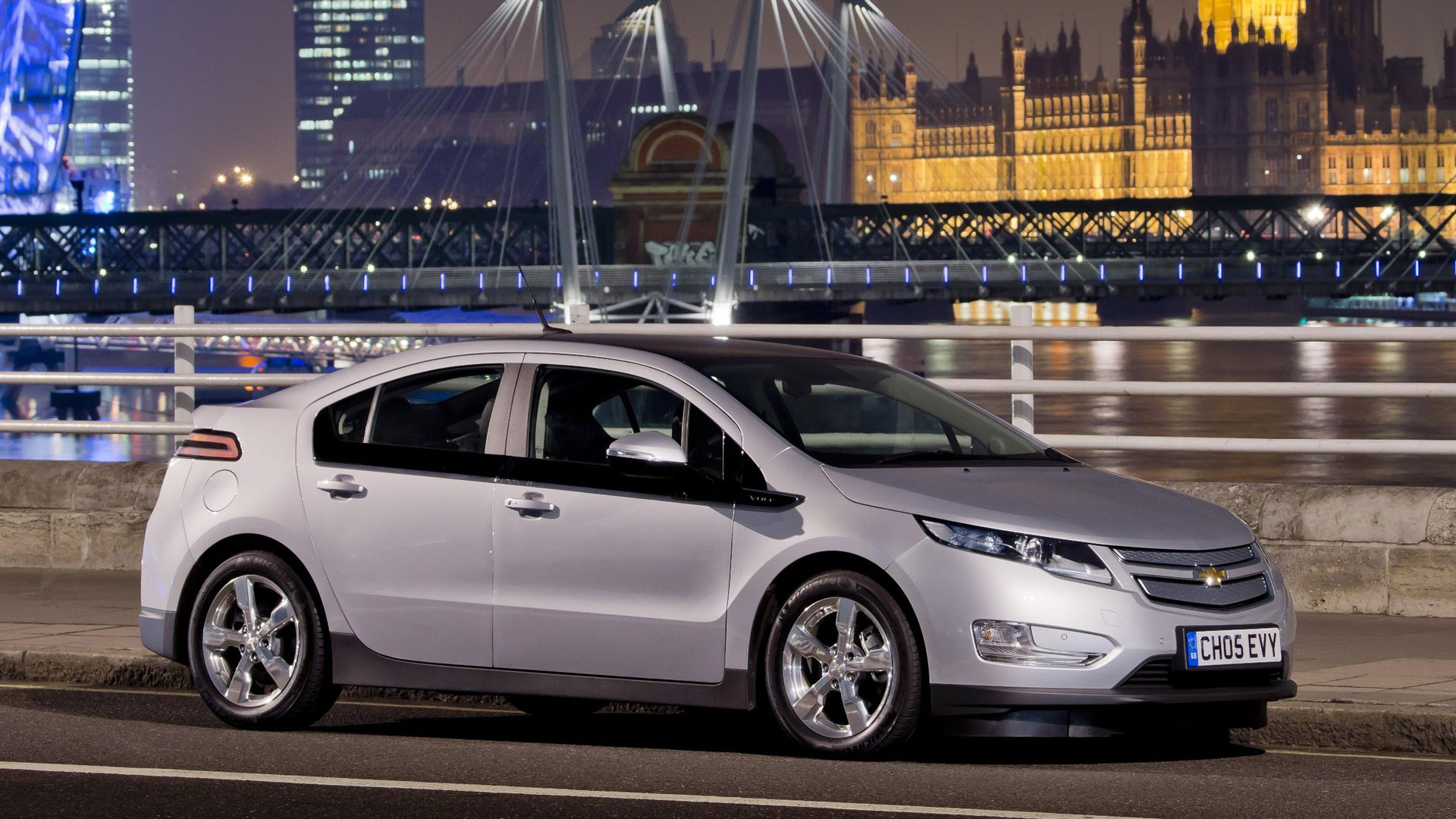
Another product of General Motors that was both ahead of its time and pulled from sale too soon. The Chevrolet Volt – also sold as the Vauxhall/Opel Ampera – was neither a traditional hybrid or a fully electric vehicle. Instead, it used a 1.4-litre petrol engine to keep the batteries topped up, with drive handled by the electric motor.
Are there really any green cars? Zero or low emissions are only considered in the “in use” stage. For a vehicle to be truly green we would need to also consider the emissions from its production cycle and also how it will be disposed of at the end of its life.